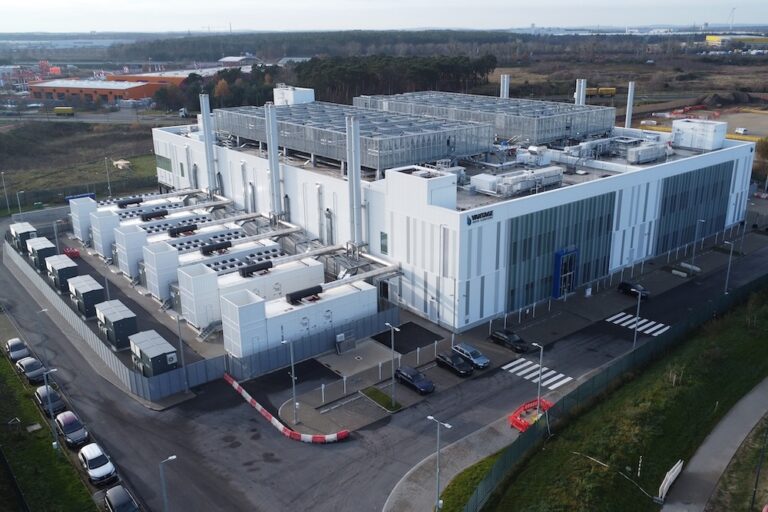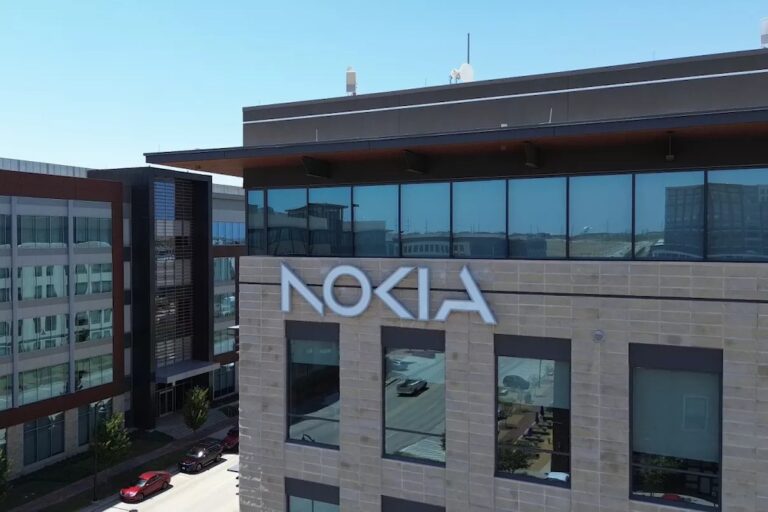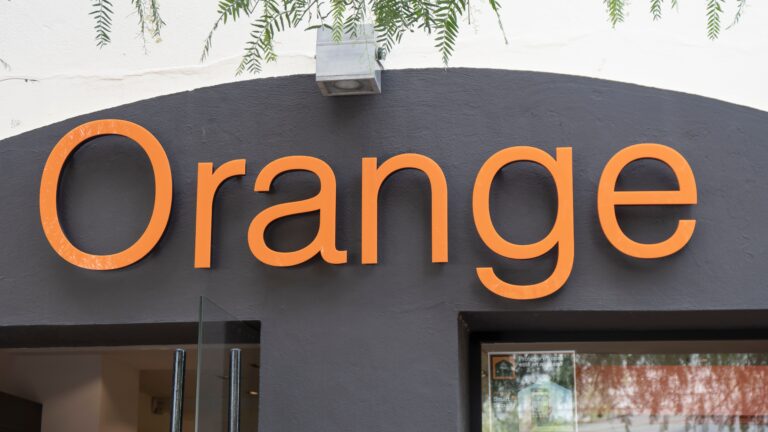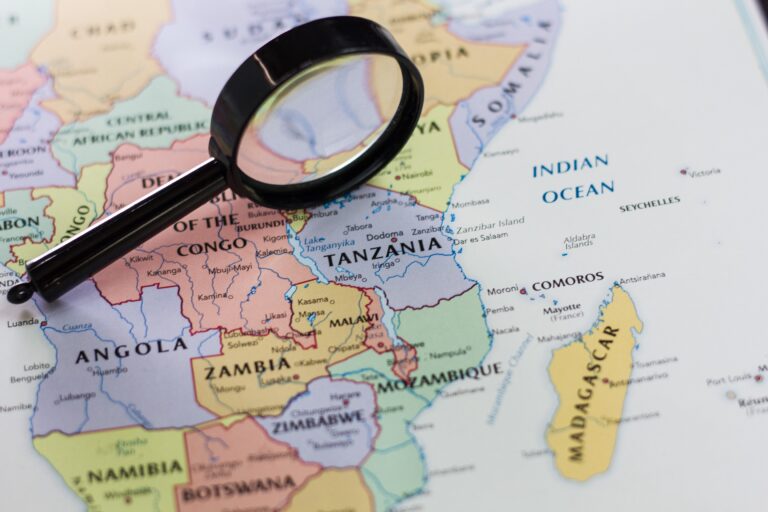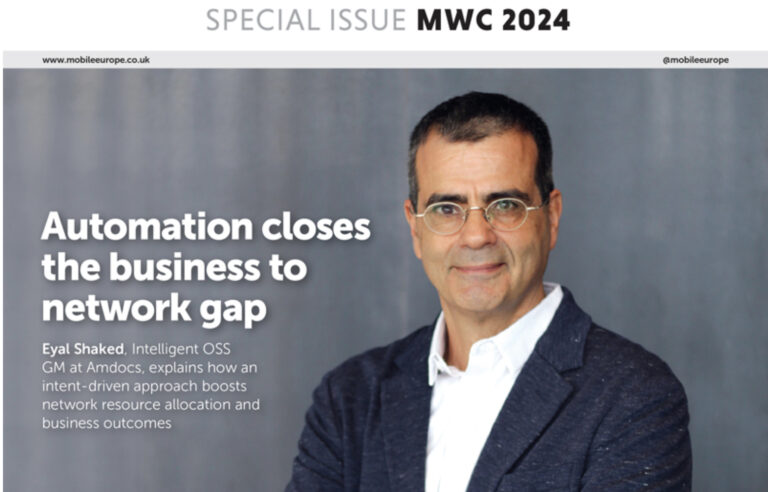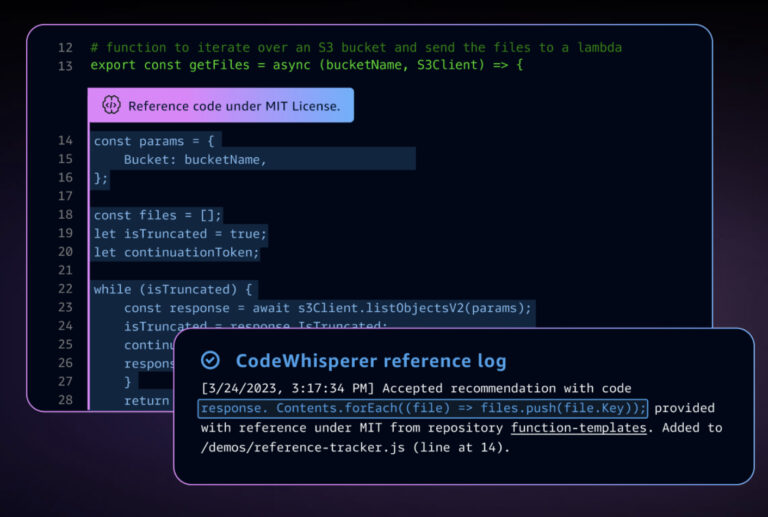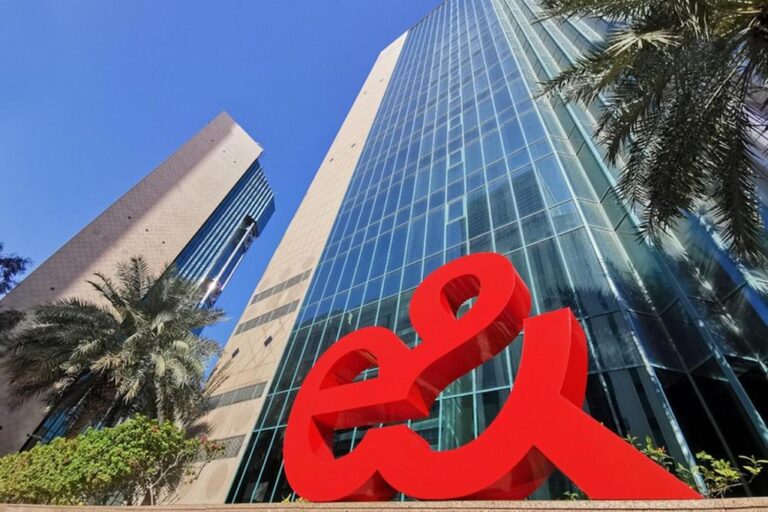Rental rates on the rise across Europe which will favour only the largest players leading to a hyperscale problem
European data centre demand (511MW) outstripped supply (467MW) across the five largest European markets in 2023, according to global property company CBRE. It was the third time in the past five years that there was more demand than supply in these markets. The new supply delivered last year was meant primarily for hyperscalers in the so-called FLAPD markets (Frankfurt, London, Amsterdam, Paris and Dublin).
In Q4 2023, there was 252MW of take-up in the primary markets, a 41% increase compared to the third quarter. There was 277MW of new supply delivered as well. Across the secondary markets, 94MW of supply was delivered last year.
As a result, rental rates of leased data centre capacity have risen considerably over the past two years. Build costs are the primary culprit for the rate increases, though the current supply-demand imbalance is a contributing factor as well. Higher build costs for new data centres need to be passed on to customers through higher rental rates. Moreover, there is continued strong demand from hyperscalers, which has led to lower availability.
According to CBRE’s ‘Europe Data Centres Figures Q4 2023’ report, the combination of rising build costs, low availability, and high demand allows data centre providers to exercise their pricing power with buyers of capacity. As such, rates are expected to grow, likely at double digit rates year-on-year in FLAPD, for hyperscalers and enterprises in need of capacity for the foreseeable future.
And there is little relief on this way. Hyperscalers are expected to add similar amounts of capacity this year and next to ensure they meet their requirements. However, there are fewer deals being struck between hyperscalers and providers. The average size of deals has grown, and the time to complete deals has increased.
Supply side
CBRE found that in total, there was 467MW of capacity delivered to the five largest markets of Europe last year, including 277MW in Q4. Paris (82MW) and Dublin (74MW) accounted for well over half of the Q4 new supply total. London (58MW) and Frankfurt (52MW) are by far the largest markets in Europe, though there was considerably less capacity delivered in those locales last quarter.
However, the total supply of live data centre space in London is now over 1GW, the only European market to have as much capacity. Frankfurt is expected to surpass that mark in 2024. The new supply figure delivered in FLAPD last year was almost quintuple the 94MW of capacity delivered to the nine smaller, secondary markets of Europe tracked by CBRE in 2023. Securing available power and appropriate land are the top challenges data centre providers are faced with when trying to meet the considerable demand from their largest customers in Europe.
Take-up is increasing
In Q4, there was 252MW of take-up in the FLAPD markets, a 41% increase compared to the third quarter (179MW). Demand for capacity primarily from hyperscalers in Europe remains strong, as does demand from enterprises, according to the report. Proof positive is the 511MW of take-up recorded in the FLAPD markets last year, which is around a third more than the 2022 total.
Take-up should soar to new heights in years to come, given expected strong demand from hyperscalers. Artificial intelligence requirements from organisations should also drive additional demand. However, data centre providers are largely unable to accommodate those with AI-specific needs in the meantime, due to a lack of AI-ready facilities, a shortage of necessary chipsets, and little available power across Europe.
Last year, over half of take-up was represented by prior-year pre-lets in FLAPD. This is a sign of continued strong demand for leased data centre capacity in the largest markets of Europe, as well as the need by data centre providers to ensure the space is filled because of the need to deliver promised returns to investors despite the surge in build costs.
As a result, data centre capacity is increasingly difficult to source. The supply in FLAPD has almost doubled over the past four years, yet there was less lettable space (30MW) in the top five markets by the end of the year than there was in the same period in 2019.
No room at the inn
CBRE said the vacancy rate of the top five markets finished the year at an all-time low of 10.6%. This was only slightly higher when compared to the previous quarter (10.4%). However, the vacancy rate of the secondary markets (19%) was nearly double than that of the primary markets at the end of 2023.
Hyperscalers are largely responsible for the drop in vacancy. Some of the largest American technology companies need ever-greater amounts of data centre space to house their equipment that enables the delivery of their digital services. As such, vacancy rates have plummeted almost 10 percentage points over the past four years in the 14 European markets tracked by CBRE.
Vacancy, over the past four years, has fallen even more dramatically in smaller but faster-growing data centre markets such as Berlin, Milan, and Warsaw. In Warsaw, for example, vacancy is less than half (16%) of what it was in 2019 (37%).


